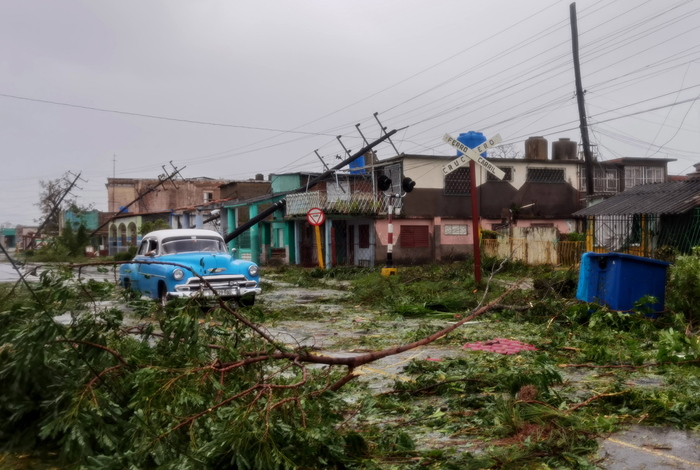Hurricane Ian made landfall as a category 4 storm with winds whipping at near 150 miles per hour.
In a press briefing on Thursday morning, Gov. Ron DeSantis said, “We’ve never seen storm surge of this magnitude, and it hit an area where there’s a lot of people and a lot of those low-lying areas, and it’s going to end up doing extensive damage to a lot of people’s homes. So there’s going to be a lot of work to do,” DeSantis added, calling it “basically a 500-year flood event.” He added that the damage done was of “historic” proportions.
“You’re looking at a storm that has changed the character of a significant part of our state,” he said. “This is going to require years of effort to rebuild.”
Sanibel Causeway and Matlacha Pass Bridge, which connect barrier islands near Fort Myers to the mainland, were declared “impassable” by DeSantis, who said they would require structural rebuilds. Images from Fort Myers Beach showed much of the nearby community leveled by the Category 4 storm with maximum sustained winds of 150 mph. The White House said Thursday morning that President Biden had been in communication with DeSantis about Federal Emergency Management Agency aid for hurricane victims, including approving a formal disaster declaration for the nine counties hit hardest. There was no official death count, with the governor saying there were two deaths possibly tied to the hurricane that had yet to be confirmed.
Downgraded to a tropical storm on Thursday, Ian is expected to make landfall in South Carolina on Friday as a hurricane. The governors of North Carolina, South Carolina, Georgia and Virginia have declared states of emergency as they prepare for the worst.












